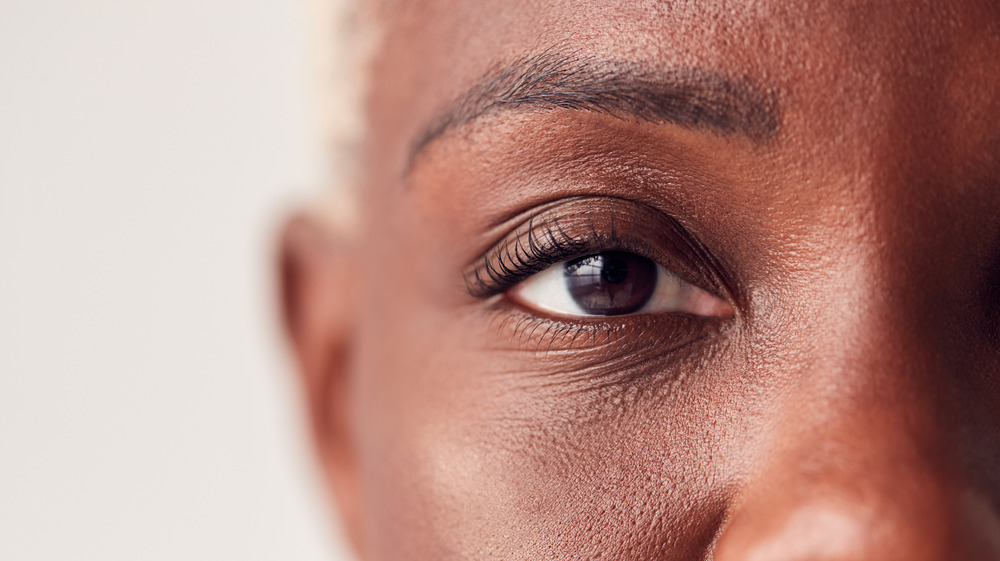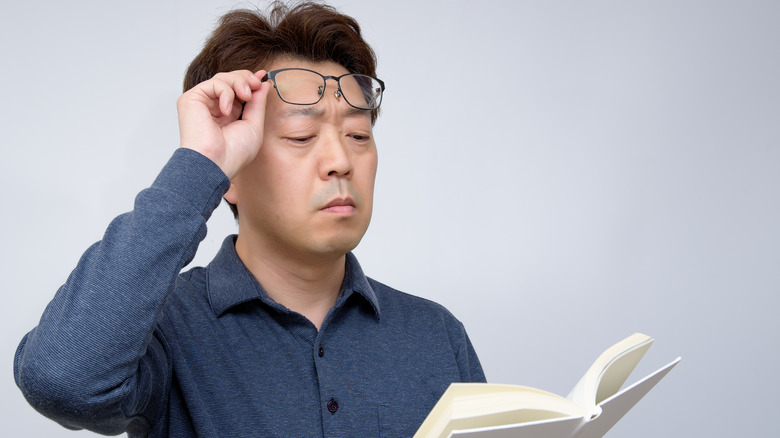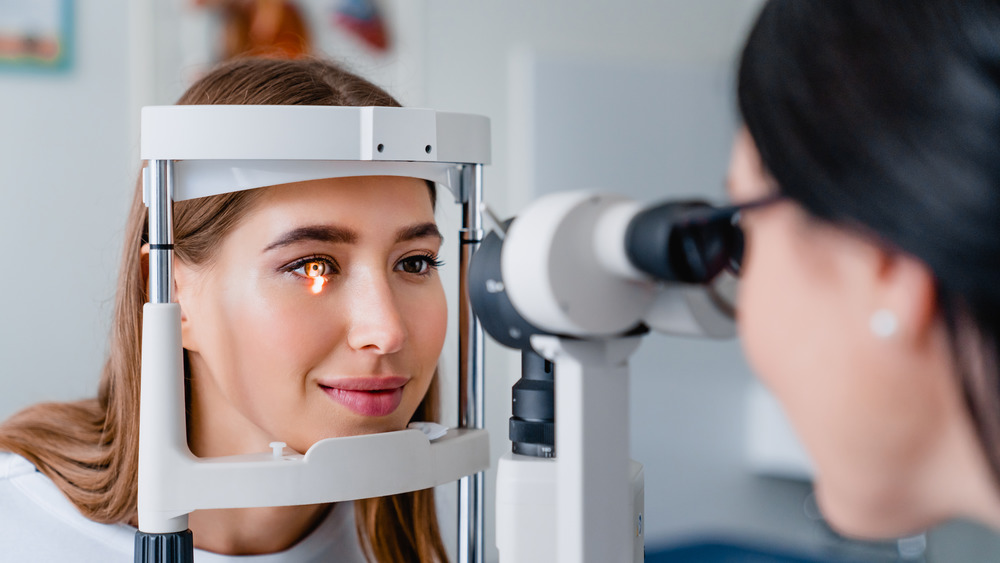
If you’ve never tried to unfocus your eyes, now’s your chance. Focus on an object a few feet away and gradually let your vision blur. Many individuals acquire this skill during childhood as a method for viewing stereograms, also called “Magic Eye Images.” Others discover the ability to unfocus their eyes after noticing it during daydreaming and wanting to recreate that moment before snapping back to reality.
Unfocusing your eyes can cast a gentle blur over the world, yet not everyone can do it. This makes viewing stereograms nearly impossible, but for those who can’t unfocus their eyes, this is the least of their worries.
Some individuals have esotropia, often referred to as “a lazy eye,” according to Brown University. This condition causes one eye to turn inward towards the nose. The American Association for Pediatric Ophthalmology and Strabismus explains that children with this type of strabismus, a condition where the eyes don’t align properly, may lose their 3-D vision, the ability for both eyes to function together, or even all vision in the “lazy” eye.
Esotropia is typically diagnosed during childhood, but this doesn’t guarantee the ability to unfocus your eyes as an adult. Middle-aged adults might lose the ability to focus or unfocus their eyes. According to the American Academy of Ophthalmology, this common occurrence is known as presbyopia, which is why many adults end up needing reading glasses.
Symptoms and Causes of Presbyopia

As Healthline describes, presbyopia isn’t a disease but a condition affecting everyone as they and their eyes age. Symptoms of presbyopia can begin around age 40, making it harder to clearly see objects up close or read without difficulty. Besides a general decrease in your ability to focus on close objects, you might find yourself squinting more frequently, needing brighter light for reading, or experiencing headaches after reading small print, according to Healthline.
While aging is the primary cause of presbyopia, it specifically affects the lens of your eye. When light enters your eye and reaches the lens, the lens flexes and adjusts to focus the light towards the back of the eye, allowing it to perceive the shape or object you’re focusing on (via Healthline). However, as you grow older, the small muscles that enable your lens to adjust become less flexible, making it harder for your lens to direct light to the back of your eye.
The Root of the Problem

The ability to focus and unfocus shares a crucial element: the role of ciliary muscles. According to the Encyclopedia Britannica, these muscle fibers are essential for focusing and unfocusing our eyes. The muscles relax when we view distant objects and contract when focusing on things up close.
Our eyes typically adjust to focus on whatever captures our attention. However, when it comes to stereograms, eye exams, and even 3-D movies, we might want to alter our focus. This is where these issues become evident. Despite our best efforts, the ciliary muscles don’t cooperate, and our vision suffers as a consequence.
Regardless of when it occurs, the inability to control eye focus indicates that the ciliary muscles aren’t functioning correctly. Whether you’ve always struggled to focus your eyes or have recently encountered issues, it’s crucial to visit an eye doctor. Contacts and glasses can provide assistance while the doctor checks for other potential issues.
Other Reasons for Not Being Able to Unfocus Your Eyes

Another reason your eyes may struggle with focusing or unfocusing could be due to a condition known as accommodative dysfunction. This occurs when your eyes have difficulty working together to focus and can be caused by poor lighting or not giving your eyes enough rest, according to the American Optometric Association (AOA). This condition can lead to eye strain, blurred vision, headaches, and eye fatigue (via AOA).
According to the Optometrists Network, there are three types of accommodative dysfunctions: accommodative insufficiency, accommodative infacility, and accommodative spasm. The most common is accommodative insufficiency, which makes it difficult to see and focus on anything close up. Accommodative infacility occurs when you can’t effectively switch your focus between objects that are near and those that are far away. Accommodative spasms happen when the muscles that allow your eye to focus start to twitch, causing your vision to blur. Treatments for accommodative dysfunction include special glasses or contact lenses, as well as vision therapy involving specialized eye exercises aimed at strengthening your vision, according to the Optometrists Network.




